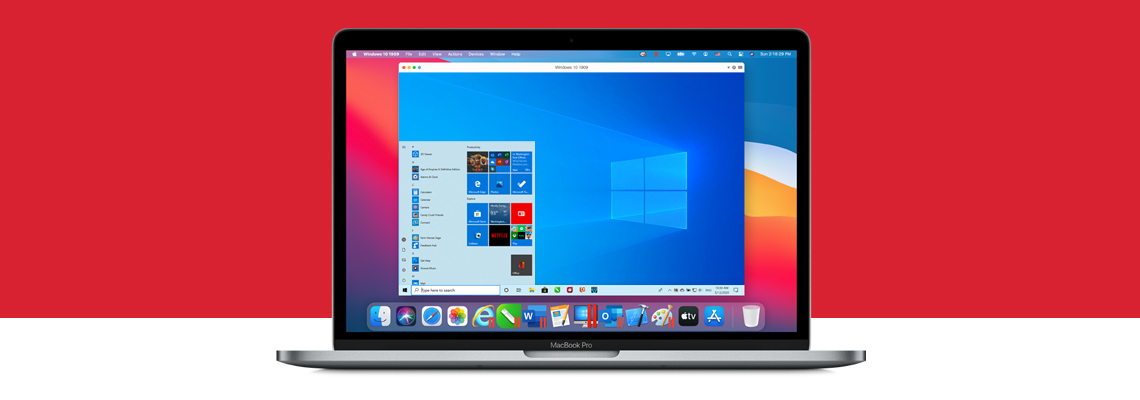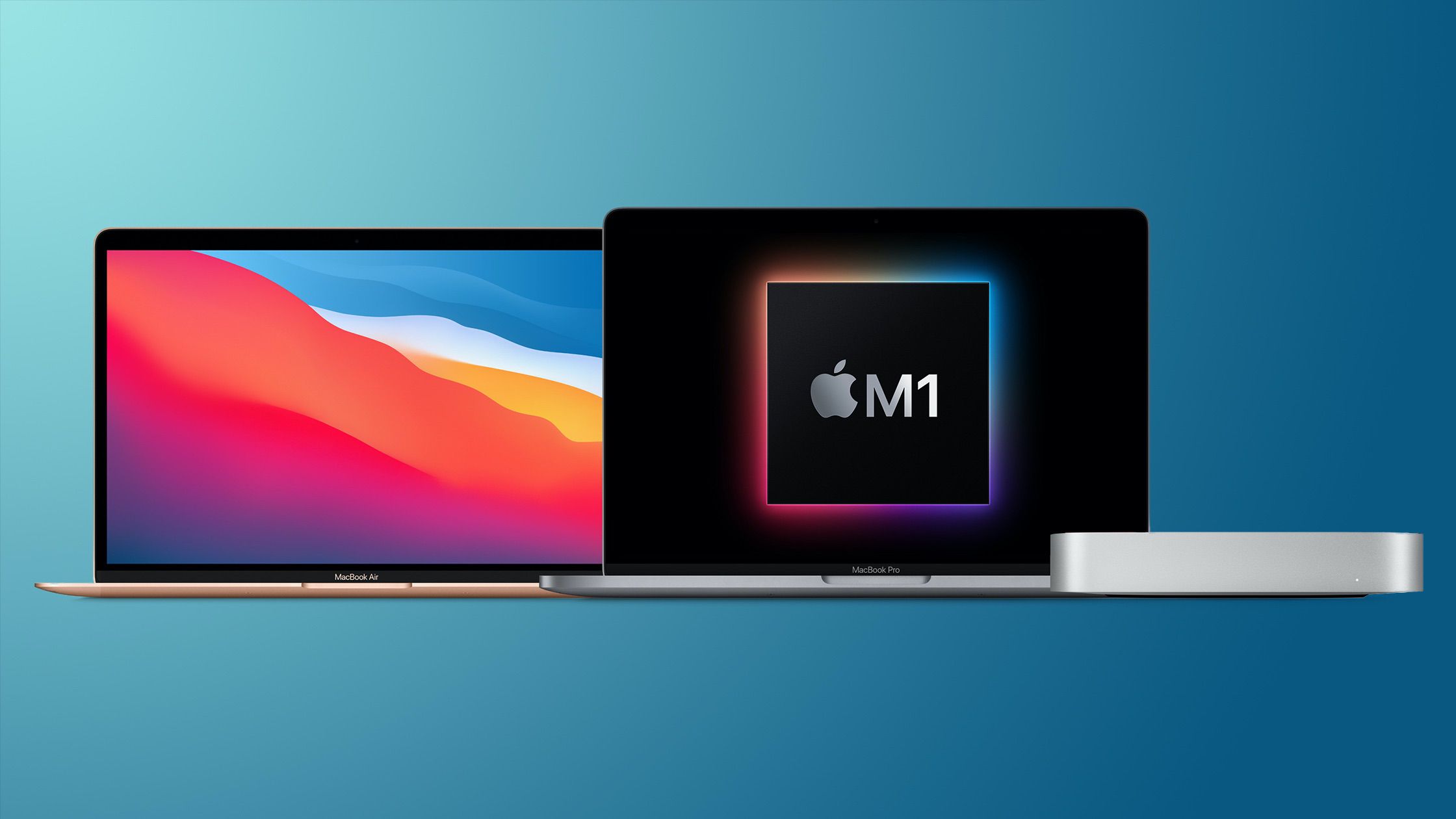Parallels M1 Apple
The current versions of Parallels are not able to run on M1 Macs, but Parallels in November following the launch of the new Macs said that a version of Parallels compatible with Apple's. The latest versions of Parallels® Access and Parallels ® Toolbox, are universal binaries, meaning they contain the necessary code to run at full speed on either Mac with Intel processor. Apr 14, 2021 On Wednesday, Parallels launched a version of its Parallels Desktop for Mac virtualization software that works on the M1-based MacBook Air, MacBook Pro and Mac mini that Apple launched last year.
For years, people have speculated about the ability to run iOS apps on the Mac. This speculation was caused by the increasing similarity in the user experiences across the Mac, the iPhone and the iPad, and by Apple’s continuing tech demos showing their work on this capability.
Well, that day has finally arrived. Parallels® just released a new version of the Parallels® Access iOS client that can also be run on an M1 Mac.
I will admit that I was never really that interested in running an iOS app on my Mac, but I now see that I was wrong. This is pretty neat! In addition to Parallels Access, I installed a few other iOS apps on my Mac, among them, HBO Max. In general, a dedicated, special built app will almost always be better than using a webpage with similar functionality. And that is true for Parallels Access and true for HBO Max.
How to install an iOS app on an M1 Mac
The process of finding iOS apps that you want to download and install on an M1 Mac is a bit obtuse right now. (Figure 1). You use the App Store, but to find the iOS apps, you must first go to your account by clicking on your name in the main App Store window, and then use the selector buttons “Mac Apps” or “iPhone & iPad Apps” and choose “iPhone & iPad Apps”. Then you can search for the iOS app you want, for example “Parallels Access”. Hopefully, this will be easier and less circuitous in the future.
If you can’t find an iOS app that you know exists, this may be because the developer has marked the app as not downloadable on a Mac. This is often because the developer has not yet tested the iOS app on the Mac.
Running the Parallels Access iOS client on a Mac

Running the Parallels Access iOS client on a Mac looks just like using it on an iPad (Figure 2).
Parallels M1 Apple Pc
In this figure you can see that I have seven remote computers set up in Parallels Access: three MacBook Pros, two 27˝ iMac computers, one 21˝ iMac running macOS Catalina, and a really old ThinkPad running Windows 7. I can access any of them from the Parallels Access client on my iPad or on my M1 MacBook Pro. (Of course, I can also access these remote computers from any computer with a modern browser, but that is not the focus of this post.) Most importantly, the experiences on the M1 Mac and the iPad are nearly identical. The Mac has no touch screen, and the iPad has no mouse, but aside from these differences, Parallels Access is the same on both platforms.

Video 1 shows some of the Parallels Access functionality from the iOS client running on the M1 MacBook Pro. You can see the Remote Assistance feature added to Parallels Access last summer is available in Parallels Access when you run it on the M1 Mac.
Parallels On M1 Mac
I am also happy to report that the amusing “bug” that is present in almost every remote access application is present in Parallels Access on the M1 Mac: the ability to recursively access the very computer you are running the application from. You can see the result of this in Figure 3.
If you have an M1 Mac, let us know in the comments what iOS apps you have installed on it.
Parallels Access terminology check
Parallels Access is composed of two pieces of software: The Parallels Access client, which is installed on your phone or tablet, and the Parallels Access agent, which is installed on your Mac and PC. These two pieces of software work together to deliver remote access to your Mac and PC. You may have heard that:
The latest version of Parallels Access is a universal binary, meaning it contains the necessary code to run at full speed on either Mac with Intel processor or Mac with the Apple M1 chip.
This is true, but at the time that this was written, the only part of Parallels Access that ran on the Mac was the agent, so saying that the agent is now a universal binary is unnecessary. Well, the world has changed. Since Parallels Access can now run on the Mac—actually only on a Mac with an M1 chip—I would re-word that earlier statement to become:
The latest version of the Parallels Access agent is a universal binary, meaning it contains the necessary code to run at full speed on either Mac with Intel processor or Mac with the Apple M1 chip.
 When Apple Silicon was first unveiled earlier this year, it was revealed that to help developers make the transition, they would release the Rosetta 2 translation software that would allow x86 apps to run on their chipset.
When Apple Silicon was first unveiled earlier this year, it was revealed that to help developers make the transition, they would release the Rosetta 2 translation software that would allow x86 apps to run on their chipset.There were some limitations, such as how Rosetta 2 would not work with Virtual Machine apps that virtualize x86_64 platforms, which meant that tools like Boot Camp and Parallels, which is one of the more popular programs that people use to run Windows apps on macOS, would not work. However, there is some good news on that front, in which Parallels has announced that they’ll be developing a new version of their software that will support Apple’s new M1 chipset.
The company has announced that they are working on this new software designed for the M1, so it should be noted that the current version of Parallels will not work on Apple’s new Mac computers. There’s no word on when this new M1-supported version of Parallels will be released, but if you do rely quite a bit on Parallels, then this is good news.
There is no word from other developers of virtualization software if they’ll be developing an M1 version as well, so for now it looks like Parallels will be the only one. According to the developers, “Since WWDC, our new version of Parallels Desktop which runs on Mac with Apple M1 chip has made tremendous progress. We switched Parallels Desktop to universal binary and optimized its virtualization code; and the version that we are eager to try on these new MacBook Air, Mac mini and MacBook Pro 13″ looks very promising.”
That being said, we have to wonder how this works. This is because the new M1 chipsets are ARM-based which means that it probably won’t be able to run the x86 version of Windows, and might need to run Windows 10 on ARM, which in turn raises the question of app compatibility and availability, but we’ll have to wait and see how it plays out.

Filed in . Read more about M1, Macos, Parallels and Windows 10. Source: parallels
